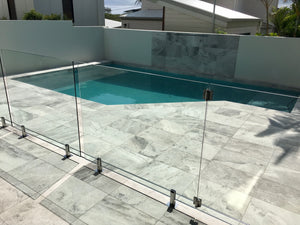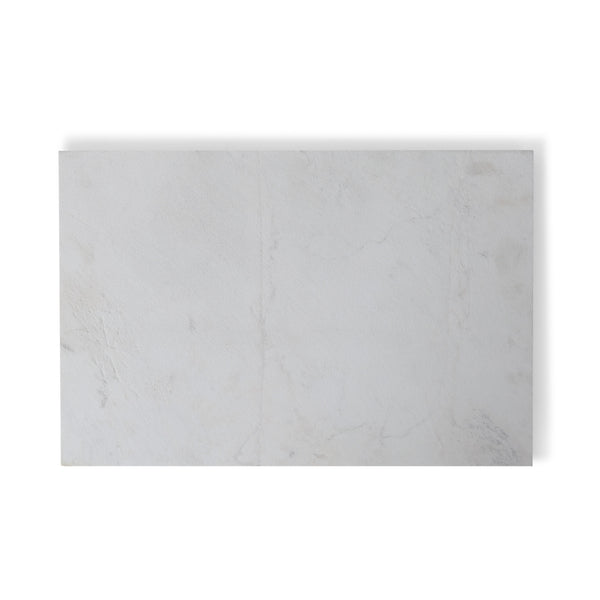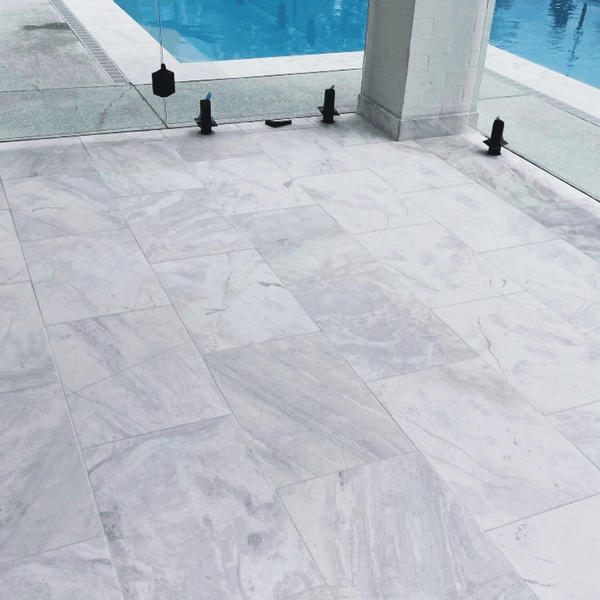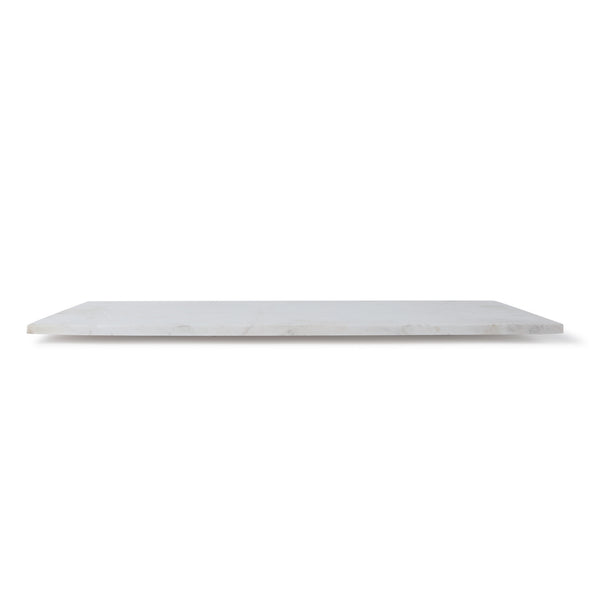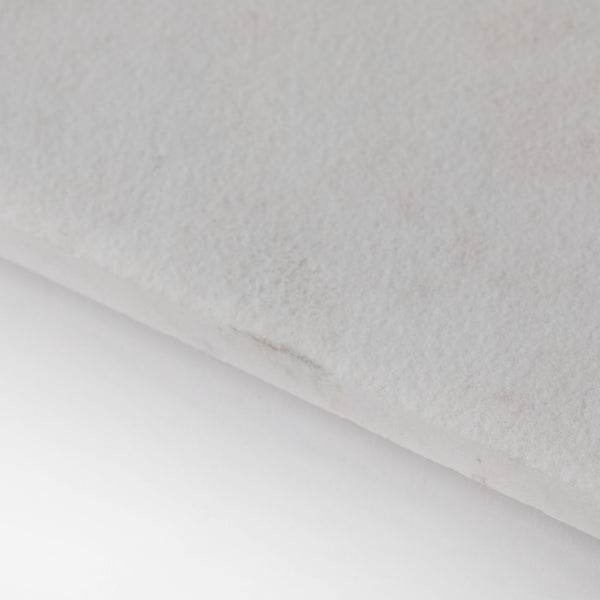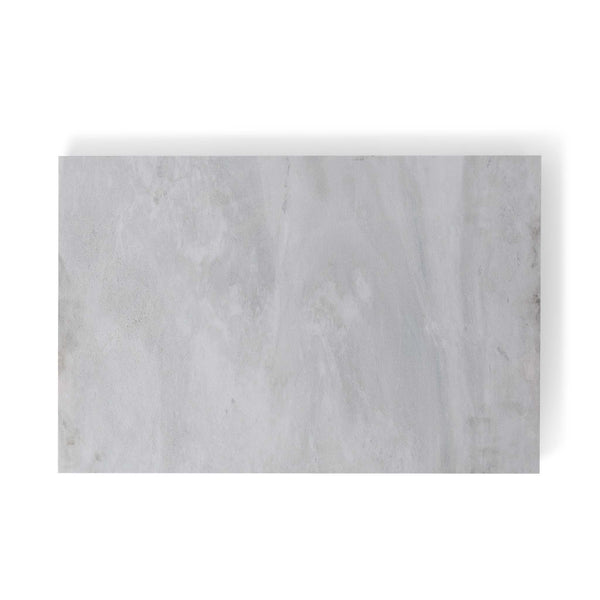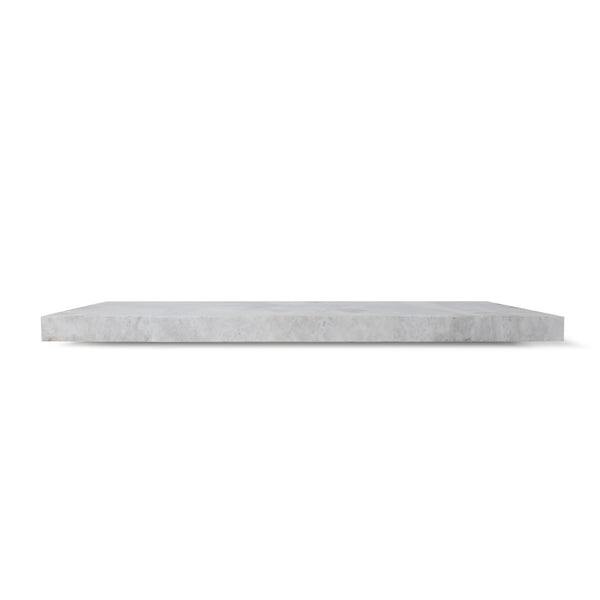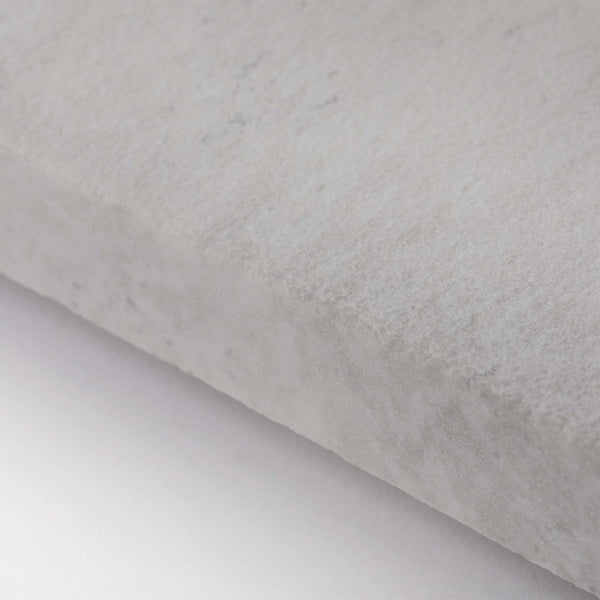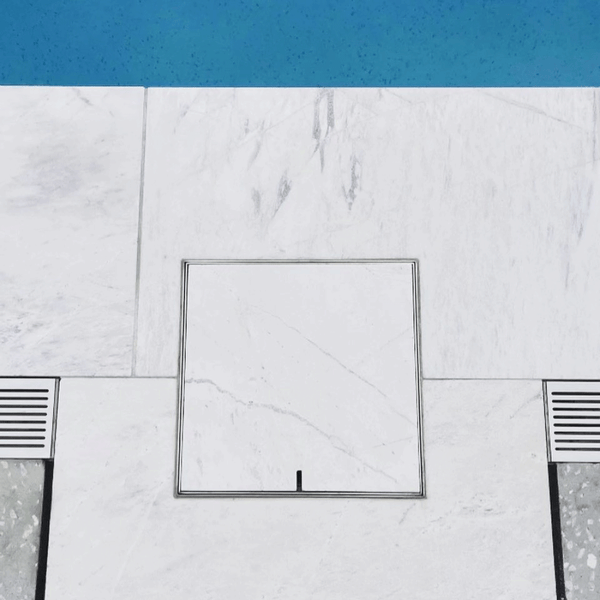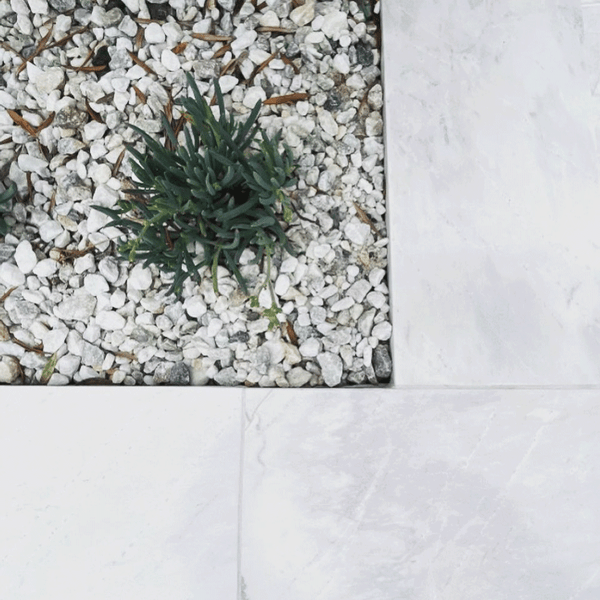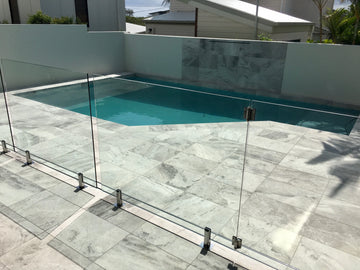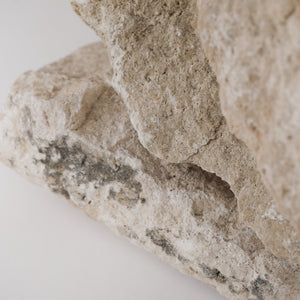What is Marble?
Marble is a metamorphic rock that forms when limestone is subjected to the heat and pressure of metamorphism. It is composed primarily of the mineral calcite (CaCO3) and usually contains other minerals, such as clay minerals, micas, quartz, pyrite, iron oxides, and graphite.
Under the conditions of metamorphism, the calcite in the limestone recrystallizes to form a rock that is a mass of interlocking calcite crystals. A related rock, dolomitic marble, is produced when dolostone is subjected to heat and pressure.
Physical Properties and Uses of Marble
Marble occurs in large deposits that can be hundreds of feet thick and geographically extensive. This allows it to be economically mined on a large scale, with some mines and quarries producing millions of tons per year.
Most marble is made into either crushed stone or dimension stone. Crushed stone is used as an aggregate in highways, railroad beds, building foundations, and other types of construction.
Dimension stone is produced by sawing marble into pieces of specific dimensions. These are used in monuments, buildings, sculptures, paving and other projects.
Colour: Marble is usually a light-coloured rock. When it is formed from a limestone with very few impurities, it will be white in colour. Marble that contains impurities such as clay minerals, iron oxides, or bituminous material can be bluish, grey, pink, yellow, or black in colour.
Marble of extremely high purity with a bright white colour is very useful. It is often mined, crushed to a powder, and then processed to remove as many impurities as possible. The resulting product is called "whiting." This powder is used as a colouring agent and filler in paint, whitewash, putty, plastic, grout, cosmetics, paper, and other manufactured products.

